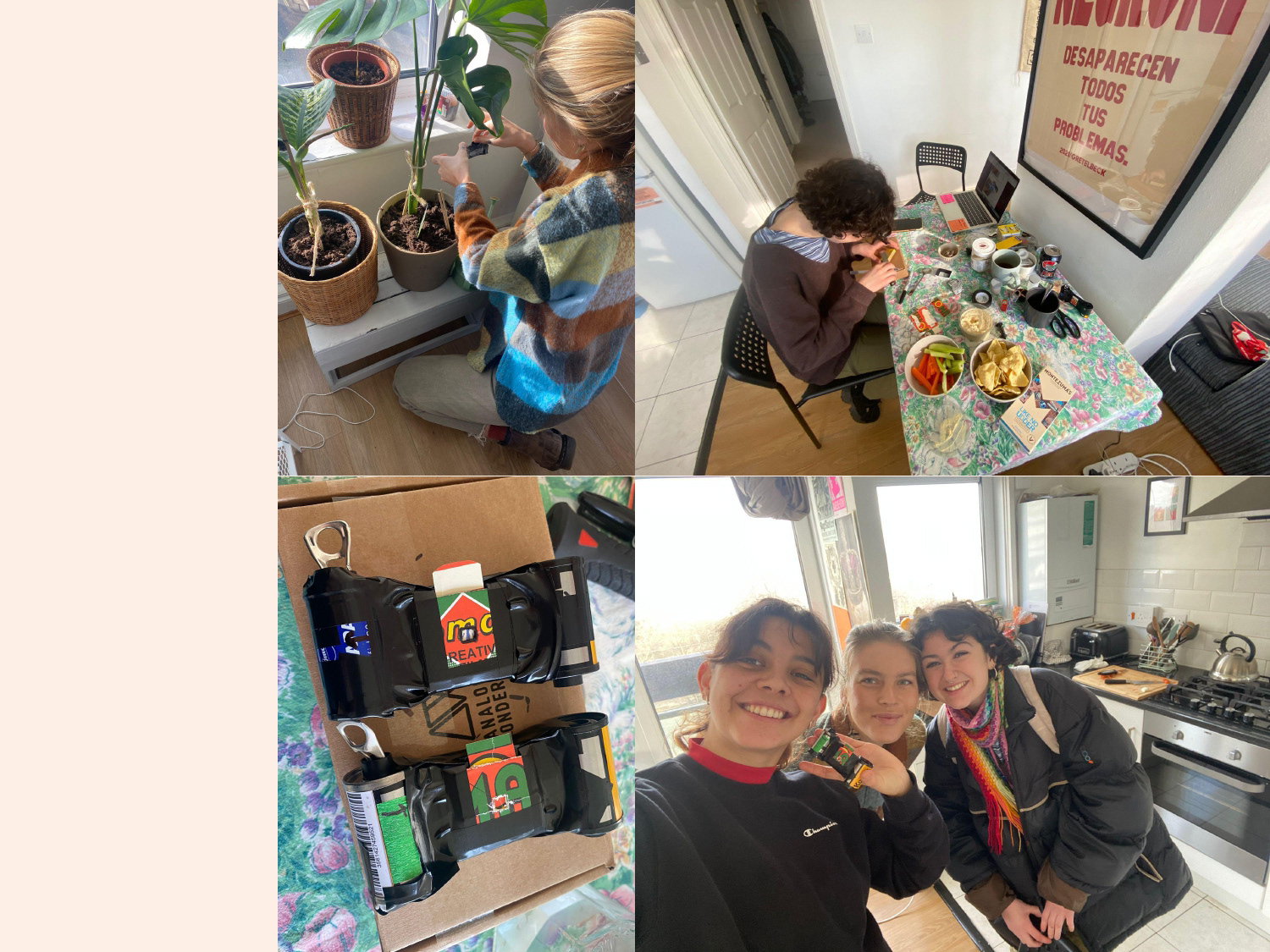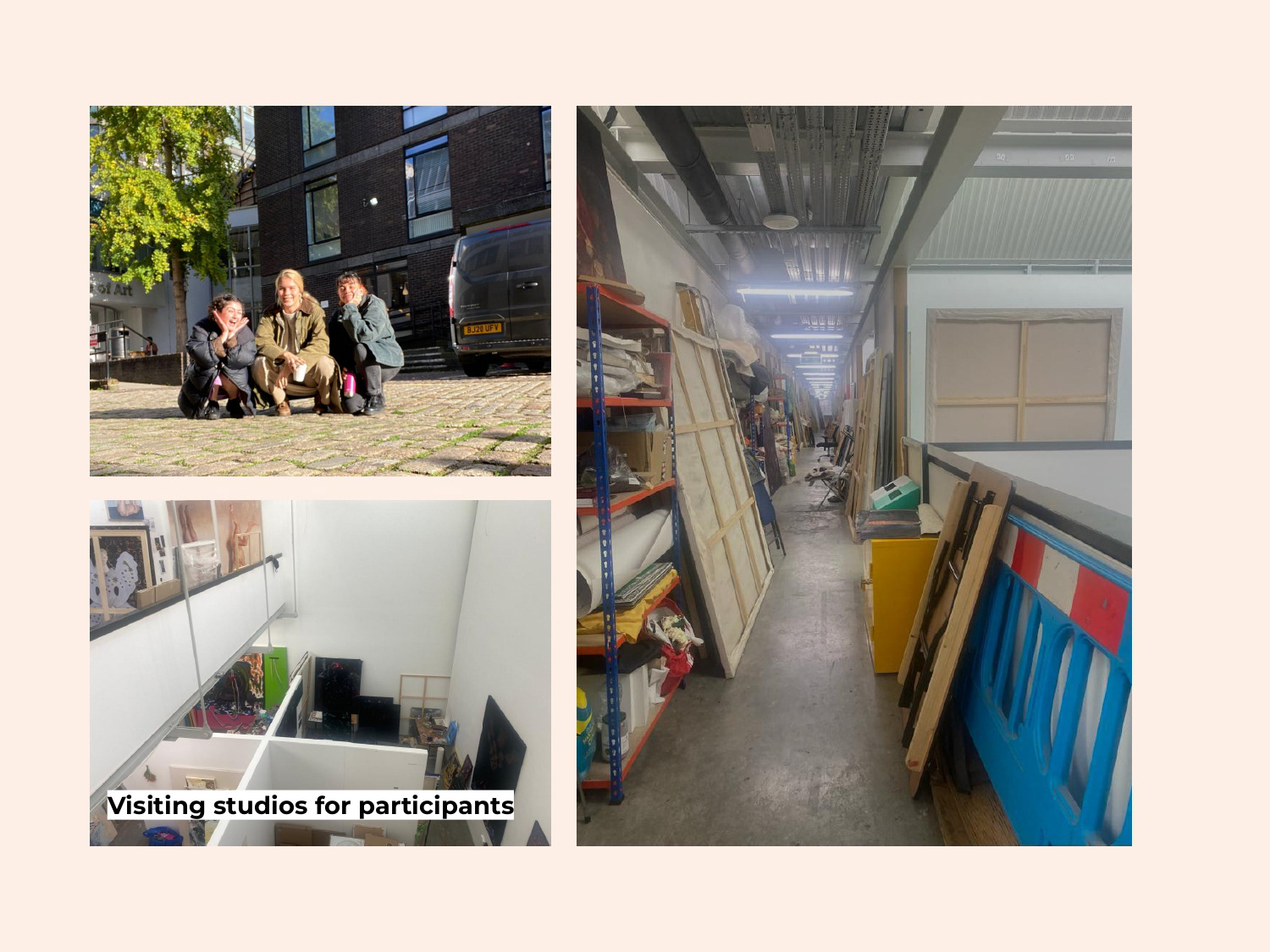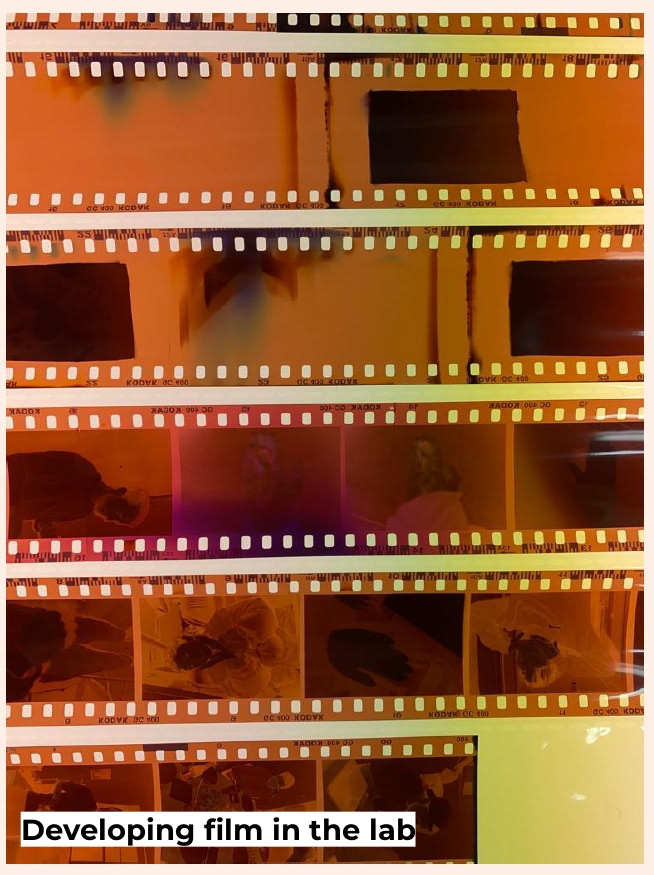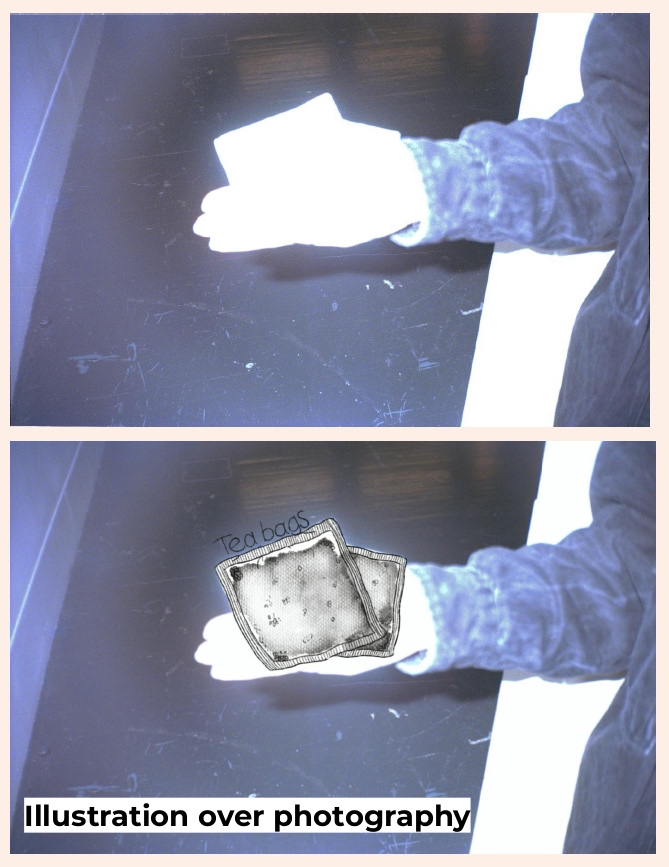We need our possessions to make survival possible. It is part of our evolution. Without things, we feel vulnerable. Our sense of ownership emerges incredibly early. Winnicott writes, “It is not the object, of course, that is transitional. The object represents the infant’s transition from a state of being merged with the mother to a state of being the relation to the mother as something outside and separate” (Winnicott, G., 1971). Our connection with objects is bidirectional. This displays the diverse and transversal nature of care that we carry around with us, hidden in our pockets, bags or wallets. We should celebrate these microcosmos of care.
"Carrying care" is a photographic archive of these objects of care that we bring with us every day and their stories, told by their carriers, of a wide range of identities and captured carefully for their display.
Due to the intimate nature of the project and the stories behind the items, we wanted our approach to be careful, sensitive and respectful.
Pinhole cameras are handmade photography tools that don't have a lens, but are able to capture an image. Having this type of tool allows us to document these items without invasion. The process of building these cameras worked as an exercise of care for us as a group. We approached people in contemplative spaces, we started with fellow students from the different MA programmes at RCA inside their creaitng contexts, facilitating a calm considered response. Building connections with the participants through friendly conversation and questions about their perception of care. As a result from these interactions we will collected images of the carrier's objects through photography and their stories. After the development of the pinhole camera images we found that some pictures were slightly overexposed and it wasn’t clear as to what the objects were. We made the decision to illustrate on top of the original images as a means to document and honor the “Caring” objects with the audio describing them overlaid in the final video. We can see that there is room for improvement in our technique and knowledge of this moving forward. However, the use of the illustrations still fits the original aims of a considered means of documentation.




Group Work
Also part of this project: Alice Guymer & Emma Glinski